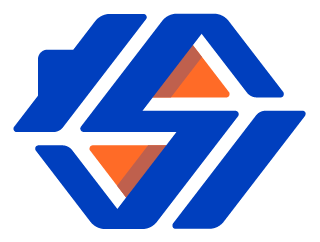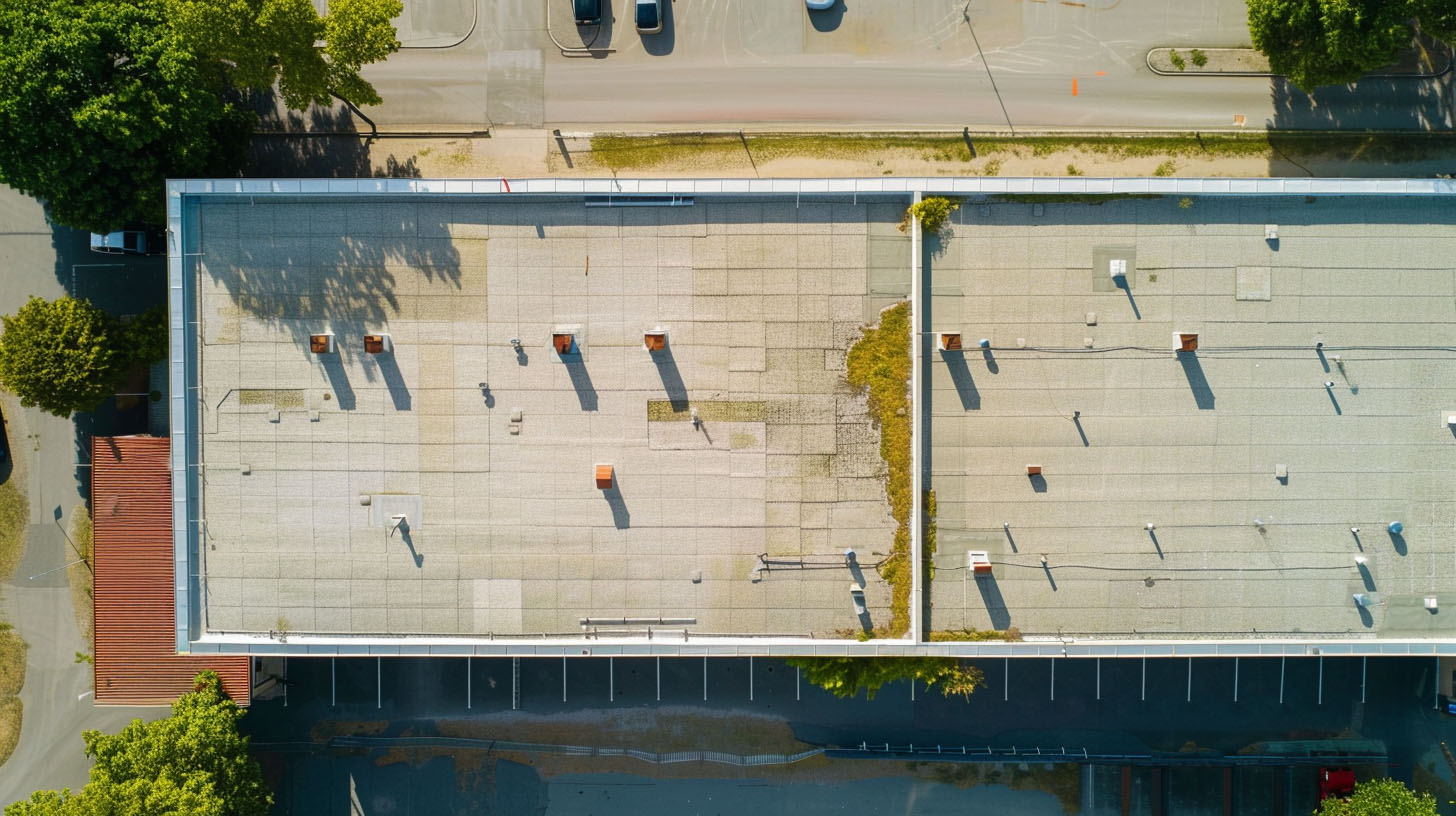What to Know About Torch-Down Roofing Systems
When considering a roofing solution for flat or low-slope roofs, torch down roofing stands out as a durable and weather-resistant option. This roofing material uses heat to bond multiple layers, creating a watertight seal to protect your property from the elements in Orange County, CA. Torch down roofing has gained popularity among homeowners and commercial building owners for its long-lasting performance and resistance to temperature fluctuations. At Specialist Roofing & Repair, we specialize in these systems, ensuring professional-grade results for every roofing project.
Understanding Torch-Down Roofing Systems
Torch down roofing systems are a dependable choice for property owners seeking a flat roofing solution that’s both durable and cost-effective. These systems are considered a great choice as they rely on modified bitumen sheets and the use of heat during installation to create a seamless, waterproof surface, offering excellent protection against water damage and UV rays.
To better understand their versatility, it’s helpful to explore their fundamental aspects. Let’s start with what torch down roofing is and how it works.
What Is Torch-Down Roofing?
Torch-down roofing is a type of flat roofing system that uses modified bitumen roofing membranes. The installation involves heating the membrane with a torch to bond it to the roof surface, creating a durable, waterproof barrier that is ideal for commercial and residential buildings.
How Torch-Down Roofing Works
The installation of torch-down roofing systems involves heating a specialized bitumen membrane, made with atactic polypropylene, using a propane torch, allowing it to adhere securely to the base layer. This method creates a watertight seal that enhances the roofing system’s durability, especially in flat roofs prone to water pooling. The smooth cap sheet or granulated surface protects against UV rays and temperature changes, contributing to the overall energy efficiency. Proper installation by a qualified roofing professional ensures longevity, making it an attractive option for commercial and industrial buildings.

Key Components of a Torch-Down Roof
Several key elements make up the structure of a torch down roof, each playing a vital role in its effectiveness. The primary components include the base sheet, designed for initial adhesion, and cap sheets that form the top protective layer.
Complementing these are insulation layers and vapor barriers, which prevent heat transfer and moisture buildup. All these elements work together to create an efficient and long-lasting roofing system. Next, we’ll look into these crucial materials and their roles in detail.
Base Sheet and Cap Sheet Materials
A torch-down roofing system is primarily composed of a base sheet and a cap sheet, each playing distinct roles in the overall structure. The base sheet, often made of ethylene propylene diene monomer (EPDM) or styrene butadiene styrene (SBS), serves as the foundational layer providing a watertight seal. The cap sheet, typically granular or smooth, acts as the visible surface, combining durability with aesthetic appeal. Proper interaction between these materials ensures optimal performance against water damage and UV rays, enhancing the longevity of the roofing system.
The Role of Insulation and Vapor Barriers
Insulation and vapor barriers are crucial components in a torch down system. The insulation provides thermal resistance, ensuring energy efficiency in commercial and industrial buildings. This helps maintain stable indoor temperatures despite external temperature changes. Meanwhile, vapor barriers prevent moisture intrusion, reducing the risk of water damage and mold growth. Proper installation of these layers is essential for creating a watertight seal, enhancing the overall durability and longevity of the roofing system. Investing in quality materials leads to optimal performance.
Types of Torch-Down Roofing Membranes
Not all torch down membranes are identical—different types cater to specific roofneeds based on durability and aesthetic preferences. Generally fall into two major categories based on surface texture (smooth or granulated) and layering systems (single-ply, two-ply, or three-ply).
Understanding these distinctions helps property owners choose the most suitable option for their specific requirements. Let’s look closely at the differences and benefits of these roof options.
Smooth vs. Granulated Torch-Down Roofing
Smooth and granulated torch-down roofing systems offer distinct benefits depending on the intended use. Smooth surfaces create an appealing, sleek look, making them a popular choice for commercial buildings that emphasize aesthetics. Conversely, granulated torch-down membranes are designed for enhanced protection against UV rays and foot traffic, featuring a coarse finish that promotes durability. Both options require careful consideration regarding installation and maintenance, allowing roof professionals to tailor solutions based on client needs and property characteristics.
Single-Ply vs. Two-Ply and Three-Ply Systems
Evaluating the differences between single-ply and multi-ply torch-down systems is essential for making an informed choice. Single-ply systems utilize a straightforward installation process, typically consisting of a single layer of torch-down membrane, while two-ply and three-ply systems integrate additional layers, enhancing durability and resistance to temperature changes. This layered approach not only provides a watertight seal but also offers greater fire resistance, making it an attractive option for commercial and industrial buildings, especially in regions with fluctuating weather conditions.

Pros and Cons of Torch-Down Roofing
To make a well-rounded decision, let’s explore its benefits and limitations in detail.
Advantages for Flat Roofs in Orange County, CA
Torch down roofing offers several key benefits for flat roofs in areas like Orange County:
- Provides superior waterproofing, preventing leaks during rainy seasons.
- Reflects UV rays, reducing energy costs in the summer.
- Durable enough to withstand temperature changes without cracking.
- Low maintenance requirements, saving property owners both time and money.
- Perfect for commercial buildings due to its flexibility and resistance to heavy foot traffic.
These attributes make torch down roofing an excellent choice in the long run for buildings in Southern California.
Potential Drawbacks and Safety Considerations
Despite its advantages, torch down roofing has some limitations:
- Safety Concerns: The use of an open flame during installation increases the risk of fire.
- Labor Intensive and Expensive: Skilled professionals are necessary for proper installation, driving up labor costs.
- Vulnerability to Foot Traffic: Excessive weight or wear can puncture the material over time.
Ensuring proper installation and regular maintenance helps mitigate these risks, ensuring the roof lasts for decades.
Trust the Experts
In summary, torch-down systems present a viable solution for both commercial and industrial buildings, particularly with their ability to offer a watertight seal and low maintenance requirements. This roofoption effectively withstands temperature changes, ensuring long-lasting performance. Make an informed decision by considering the advantages and potential drawbacks, ensuring peace of mind for your roof project.

Frequently Asked Questions
What are the downsides of torch down roofing?
Torch down roofing may involve higher labor costs due to its specialized installation process and risks associated with open flames. Proper maintenance is necessary to prevent water damage, particularly if foot traffic or improper application affects the final cost of your roof.
What do you put under torch down roofing?
Under torch down roofing, a base sheet is applied to create a stable foundation. Insulation, vapor barriers, overlay boards, and a clean roof deck are essential components to ensure durability, preventing water damage and creating a long-lasting roof system.
Read our blog: Best Practices for Multi-Family Property Roof Maintenance



